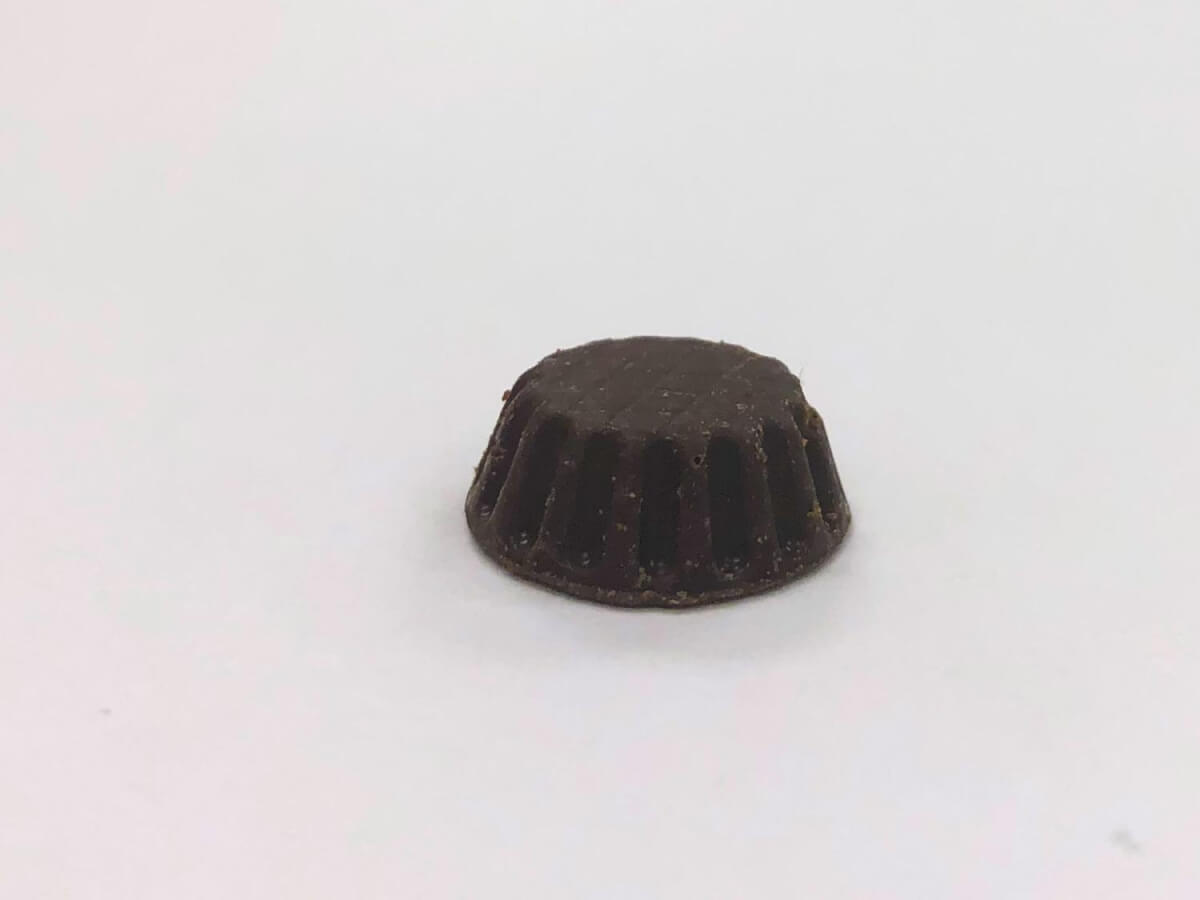🔑 Key Findings:
- Scientists mixed oat flour with chocolate to create a healthier treat
- Taste tests reveal the new chocolate ranked higher than normal samples
- Oat flour chocolate contains roughly half the added sugar of regular chocolate
UNIVERSITY PARK, Pa. — Oatmeal is out, and oat flour is in. It’s one of the latest bandwagons that wellness influencers have jumped on, using oat flour in anything from muffins to pancakes. Now, researchers from Penn State reveal that the ingredient is key to making chocolate still taste good but with less added sugar. In a blind taste test, researchers found that 25-percent reduced-sugar chocolates made with oat flour were rated equally and, in some cases, higher than regular chocolate.
“We were able to show that there is a range in which you can manage a sizable reduction in added sugar and people won’t notice and don’t care, in terms of liking,” says John Hayes, a professor of food science at Penn State and corresponding author on the study, in a media release. “We’re never going to make chocolate healthy, because it’s an indulgence, but we can successfully take out some of the sugar for consumers who are trying to reduce their intake of added sugars.”
Chocolate is half made of sugar by weight, with the remaining being made of fat and cocoa solids. Since sugar is so crucial to chocolate’s overall composition, taking some out means that it needs to be replaced with something else in order to avoid changing its texture and flavor too much.
“The function of sugar in chocolate is both sweetness and bulking, so if we take that sugar out, we have to put something else in that will do the job just as well, or consumers will notice,” says Gregory Ziegler, distinguished professor of food science at Penn State and co-author on the study.
Ziegler decided to test two different grains, rice and oats, which contain fine starches that could serve as sugar replacements. Since rice and oats are still carbohydrates, they still break down into sugar for the body to use. However, the speed at which the carbs are processed may be slower.
“Starch is still a carbohydrate, so it’s not lower calories, but there is an overall reduction in the added sugar content, which has potential health benefits,” says Ziegler.

The team led two blind taste tests using dark chocolate made with different amounts of sugar and grain flour. The first test, including 66 participants, was designed to evaluate whether consumers would notice a difference between six types of chocolates: a control with a normal 54-percent level of sugar, four sugar-reduced versions with reductions of 25 or 50-percent sugar with oat or rice flour, and one 54-percent sugar chocolate with reduced refining time to detect if the grinding time would impact the texture.
Participants rated the 25-percent sugar-reduced chocolates and the reduced refining time chocolate similar to the blind control. However, the 50-percent sugar reduction had different reactions. Some participants reported that the rice flour chocolate had “a chalkier texture,” while oat-flour-containing chocolates were described as “smoother, softer and creamier.”
The second blind taste test included 90 participants and explored consumer receptiveness to 25-percent reduced sugar chocolates made with oat and rice flour compared to the control, which was regular chocolate made with 54 percent sugar. Each participant received three total samples, one of each. The rice flour chocolates were rated much lower than the normal chocolate control, but the oat flour sample was just as popular as the control, and in some cases, it was rated higher.
“Our results suggest we can cut back 25% of added sugar to chocolate, effectively reducing the total sugar by 13.5%, if we substitute oat flour,” says Kai Kai Ma, a doctoral candidate in food science at Penn State and co-author on the paper. “That addition of oat flour is unlikely to meaningfully impact consumer acceptability, which is great news.”
Everyone loves chocolate, but not everyone loves “health-ified” versions of their favorite foods. Telling people to eat less added sugar hasn’t always worked out well, but creating products that taste similar to the regular version could help lower added sugar intake by default. Hayes says he plans to share the findings with his former students who are now working in the chocolate industry to hopefully encourage new varieties of sugar-reduced chocolates.
“I’m a big believer in meeting consumers where they are,” Hayes explains. “We’ve tried for 40 years to tell people to eat less sugar and it doesn’t work because people want to eat what they want to eat. So instead of making people feel guilty, we need to meet people where they are and figure out how to make food better while still preserving the pleasure from food.”
The United States Department of Agriculture National Institute of Food and Agriculture funded this work.
A Dietitian’s Take On Oat Flour
Oat flour is a simple, whole-grain flour that you can even make yourself. If you have oats and a blender lying around, you can easily make yourself some oat flour!
The flavor is mildly nutty, and it makes for a tasty gluten-free flour substitution in baked goods, so long as you make sure the oats are certified gluten-free. One of the most widely agreed upon pieces of nutrition advice is to limit added sugar intake. Still, Americans eat close to 17 teaspoons of it per day. Over a year, this adds up to close to 60 pounds of added sugar consumed per year.
People love chocolate and other sweet treats, so trying to take an actionable approach like changing ingredient composition without sacrificing taste is a step in the right direction. Candy brands like Smart Sweets and Lily’s are making high-fiber gummy bears and peach rings without added sugar and are seeing tons of success. These brands and experiments like this one are changing the game, and it’ll be interesting to see where things go.
